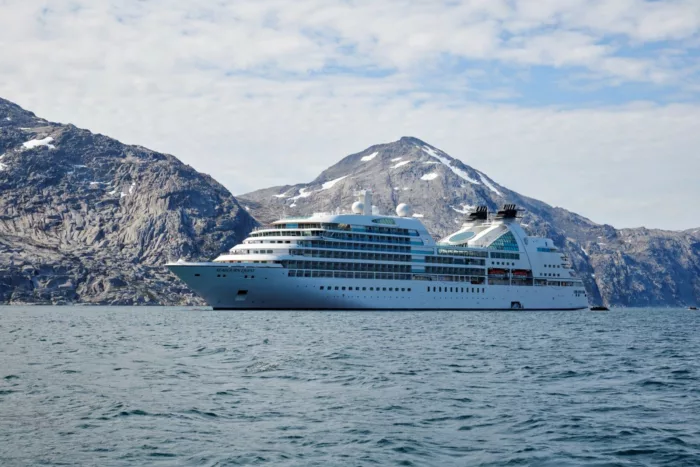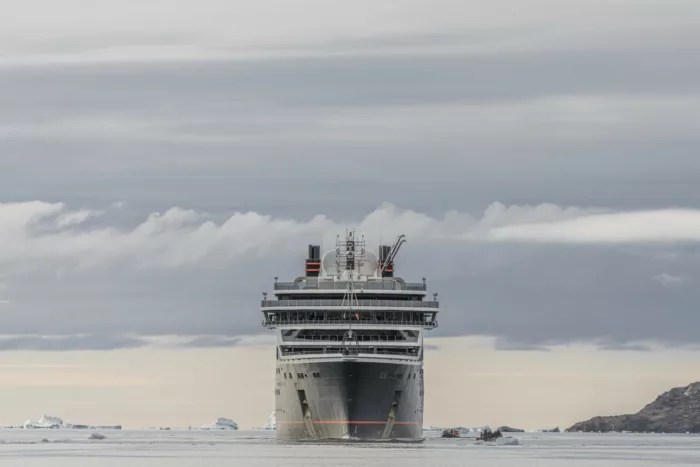
Seabourn
For decadent luxury that sails hand-in-hand with personalised experience and in-depth access to world heritage, may we introduce Seabourn Cruises.
Blending nimble power and grace with beautifully designed spaces, Seabourn ships can be likened to lavish resorts. Except, uniquely, the staff already know you just as they also remember your favourite drink.
604
Passengers
450
Crew
2018
Launched
40350t
Tonnage
210m
Length
28m
Width
19kts
Speed
12
Decks
USD
Currency
Cruise Itinerary
Ship Details


Seabourn
Seabourn Ovation
Introducing Seabourn Ovation, the sister-ship to the already prestigious Seabourn Encore.
Cabins
All Prices

















